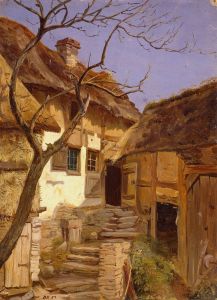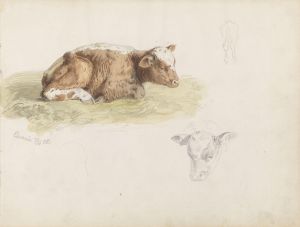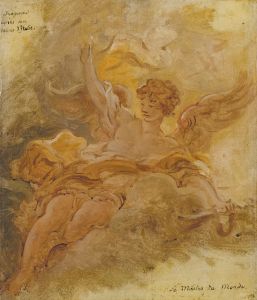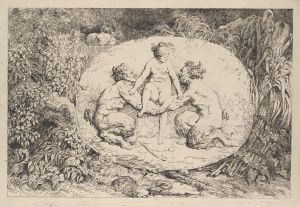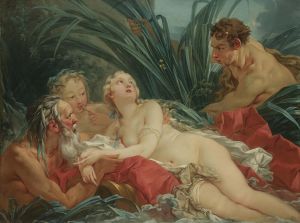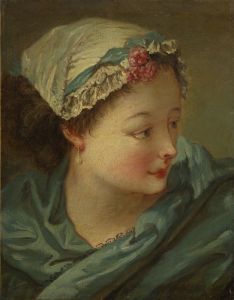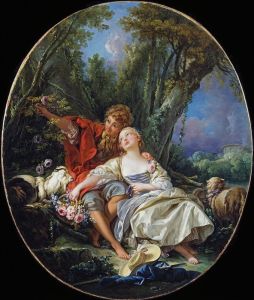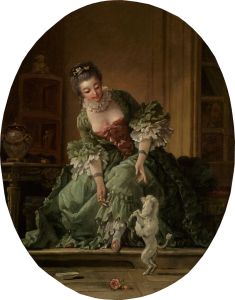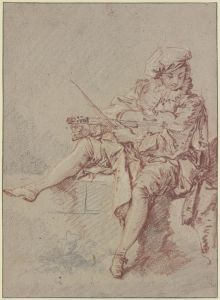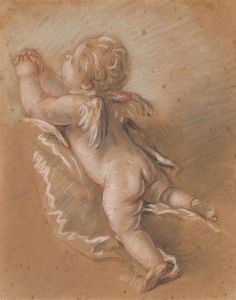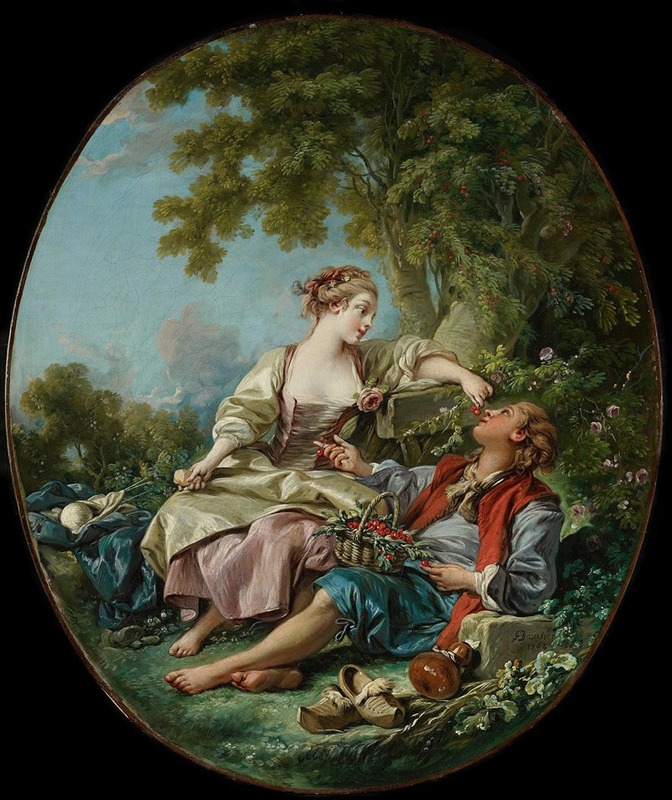
Les Sabots
A hand-painted replica of François Boucher’s masterpiece Les Sabots, meticulously crafted by professional artists to capture the true essence of the original. Each piece is created with museum-quality canvas and rare mineral pigments, carefully painted by experienced artists with delicate brushstrokes and rich, layered colors to perfectly recreate the texture of the original artwork. Unlike machine-printed reproductions, this hand-painted version brings the painting to life, infused with the artist’s emotions and skill in every stroke. Whether for personal collection or home decoration, it instantly elevates the artistic atmosphere of any space.
François Boucher, a prominent French painter of the Rococo period, is renowned for his idyllic and voluptuous paintings that often depict classical themes, pastoral scenes, and playful mythological subjects. One of his works, "Les Sabots," exemplifies his mastery in capturing the charm and elegance of 18th-century French art.
"Les Sabots," translated to "The Clogs" in English, is a painting that reflects Boucher's characteristic style, which combines delicate color palettes with intricate details. Although specific details about the painting's creation, such as the exact year it was painted, are not widely documented, it is consistent with Boucher's body of work from the mid-18th century when he was at the height of his artistic career.
Boucher was born in Paris in 1703 and became one of the most celebrated artists of his time. He was a favorite of Madame de Pompadour, the chief mistress of King Louis XV, who was a significant patron of the arts. Boucher's work often catered to the tastes of the French aristocracy, who favored light-hearted and decorative art that provided an escape from the realities of everyday life.
In "Les Sabots," Boucher likely employs his typical Rococo elements, such as soft, pastel colors, and a focus on light and playful subjects. His paintings often feature scenes of rural life, infused with a sense of idealized beauty and charm. This approach aligns with the Rococo movement's emphasis on themes of love, nature, and leisure, often depicted with a sense of whimsy and grace.
Boucher's technique involved the use of fine brushwork to create smooth textures and a sense of movement within his compositions. His ability to render fabrics, skin, and natural elements with such finesse contributed to the enchanting quality of his paintings. "Les Sabots" would have likely showcased these skills, capturing the viewer's attention with its detailed portrayal of everyday objects or scenes, elevated to a level of artistic elegance.
The Rococo period, during which Boucher thrived, was characterized by its ornate and decorative style, which was a reaction against the grandeur and strictness of the preceding Baroque era. Artists like Boucher embraced themes of frivolity and pleasure, often depicting scenes of pastoral life, mythological narratives, and romantic encounters. These themes resonated with the French elite, who sought art that was both entertaining and visually pleasing.
Boucher's influence extended beyond his paintings; he was also involved in designing tapestries, stage sets, and porcelain, contributing to the broader decorative arts of the time. His work left a lasting impact on the Rococo style and inspired future generations of artists.
While specific information about "Les Sabots" is limited, it remains a part of Boucher's extensive oeuvre that continues to be studied and appreciated for its contribution to the Rococo movement. Boucher's legacy as a master of this style is evident in his ability to capture the essence of 18th-century French art, characterized by its elegance, charm, and playful sophistication.






